#matoaka.
Text
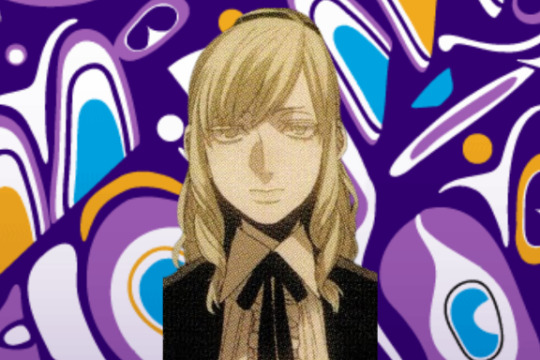
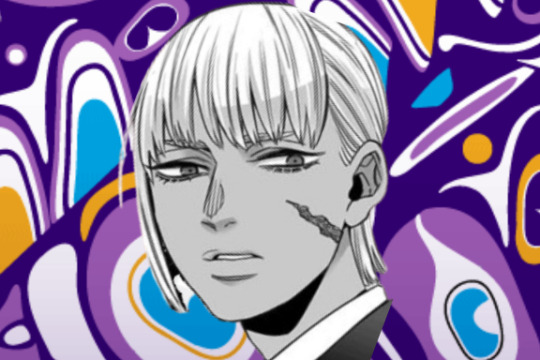

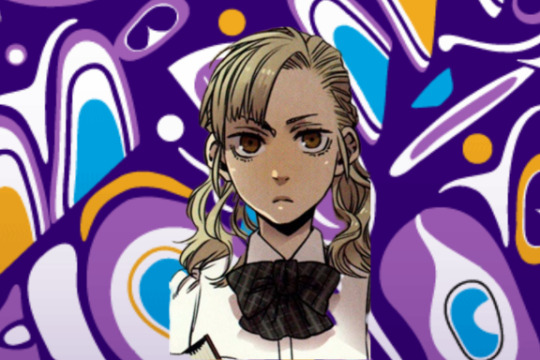
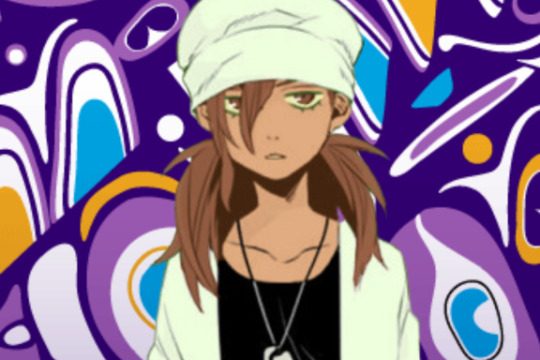
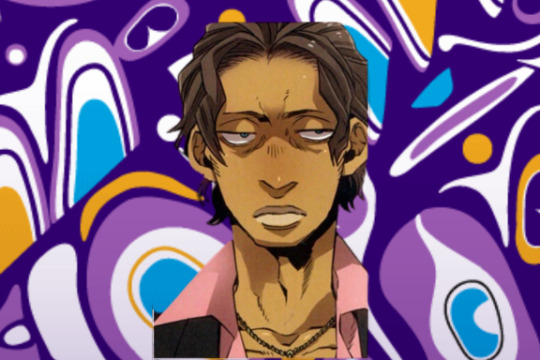
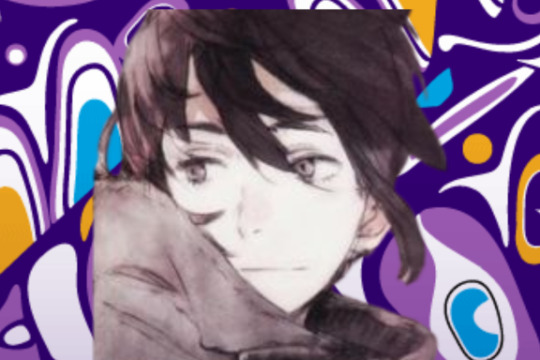
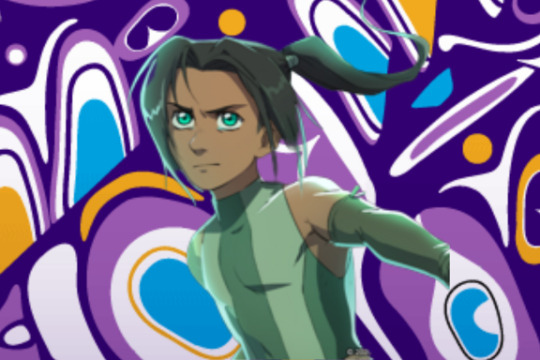

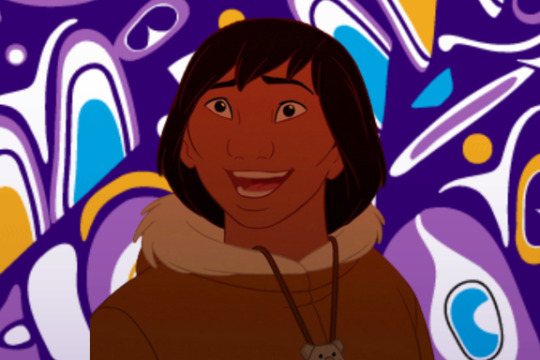

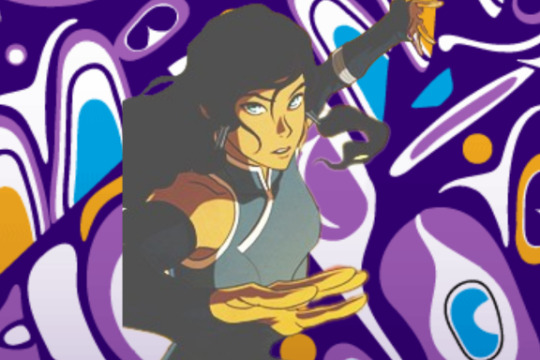
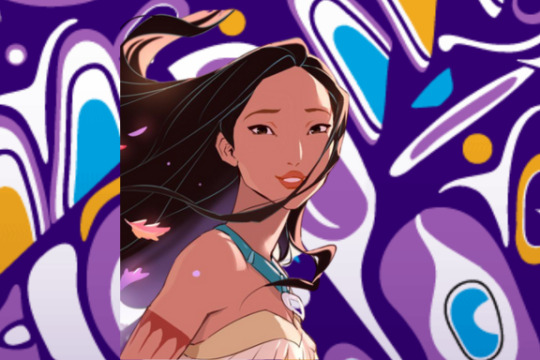

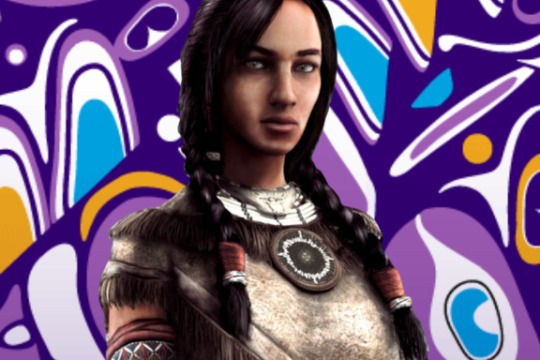
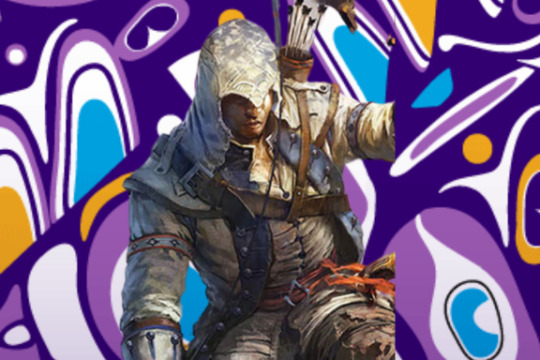
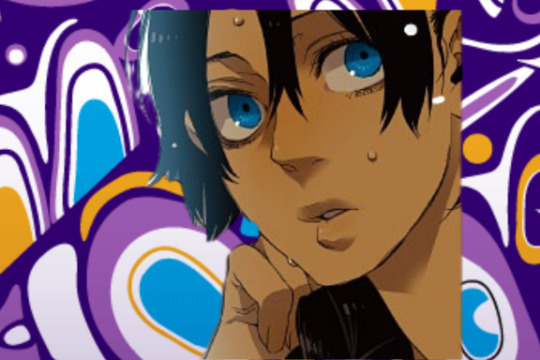
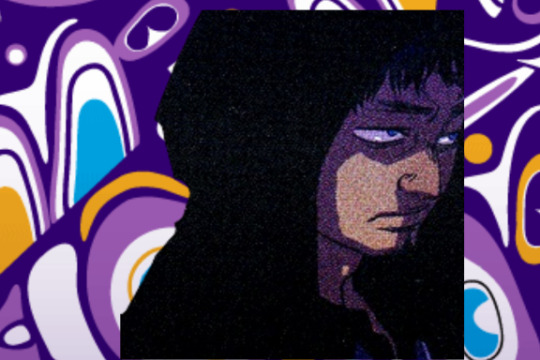

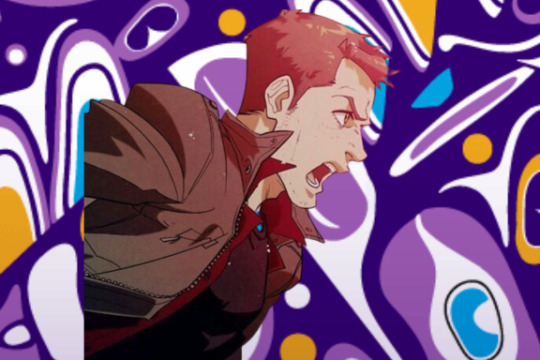
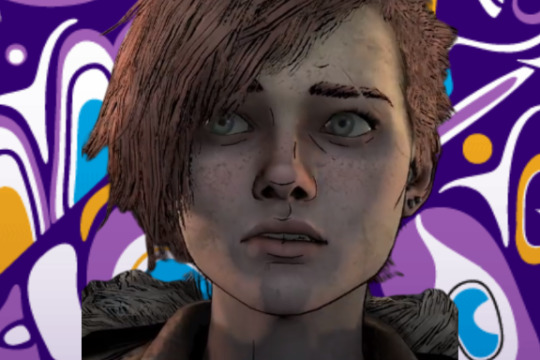


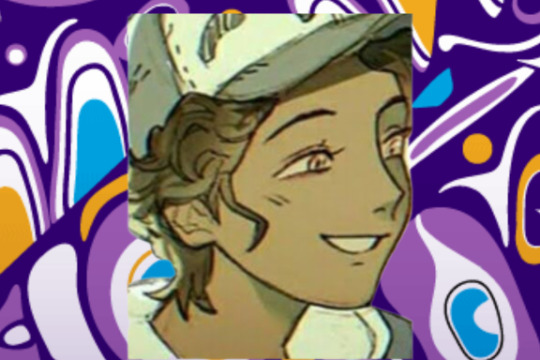

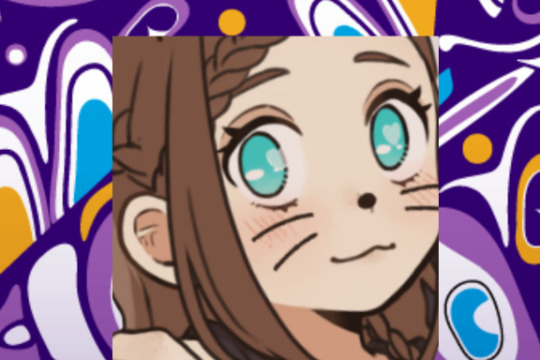
Happy Indigenous History Month!
Keep in mind that while most of these introjects are confirmed canonically indigenous characters, some introjects' indigeneity are both headcanons and our& introjects' identities ( which oftentimes are but aren't always interchangeable ) — this is who they& are and we'd& appreciate if you respected their& identities as you would with a singlet's. This was made for our& constellation / system in mind — as plural people. Please don't treat them& like rp muses. Singlets can reblog but don't clown. Okay to reblog as fandom. Do not reblog this as headcanons, roleplay, aesthetics, kins, F/Os, IRL/Me or D/A's. We& are a mixed, multigenic DID system and we& are not your aesthetic.
Tip your local queer native!


#arcanacore.#constellation.#fictives.#marie estelle claire / maverick.#svetlana morozova nikolaeva.#bellatrix belladonna / beretta.#loretta christiano amodio.#heather hosannah.#diego montes.#little creek.#kenai.#izel.#sokka.#katara.#korra.#factives.#matoaka.#james dae young.#nezumi.#faitives.#kaniehtí:ío / ziio.#ratonhnhaké:ton / connor kenway.#alexandria benedetto.#emilio benedetto.#chloe price.#dean winchester.#minerva williams.#michiko malandro.#katniss everdeen.#clementine maria jasmine cree.
7 notes
·
View notes
Text
Just because I've seen it online before, but a reminder that saying "Pocahontas/Matoaka was the first (or "first documented") MMIW" is factually incorrect. There were hundreds of Taíno, Indigenous Mexican, Eastern Native American, and kidnapped African Indigenous women who were victimized before her, both documented and undocumented.
Even just working within the framework of Native Americans, here's a list of Indigenous women who were documented cases of being MMIW that came before Matoaka (who was kidnapped in 1613 & died in 1617):
Anacaona (Taíno ruler who was murdered in 1504)
Yuisa (another Taíno ruler who was murdered in 1515)
Higuanama (Taíno ruler who was hanged by the Spanish in 1502)
Yayo (Taíno cacica & wife of leader Orocobix, who was captured & enslaved alongside her husband in 1514)
Opossunoquonuske (Matoaka's aunt, Werowansqua of the Appomattoc within the Powhatan confederacy, who was wounded & killed by the English in 1610)
Apacuana (Indigenous leader from Venezuela who was kidnapped & murdered by the Spanish in 1577 while trying to defend her land from invasion)
891 notes
·
View notes
Text





My Disney Landback series. Indigenous girlies taking back the narrative.
#disney#land back#mmiwawareness#mmiwg2s#mmiwcanada#pocahontas#matoaka#lilo and stitch#nanni#tiger lily#moana#princess kida#indigenous#nativeamericans#ndn#ndn art#ndn tumblr#ndn tag#first nations
280 notes
·
View notes
Text






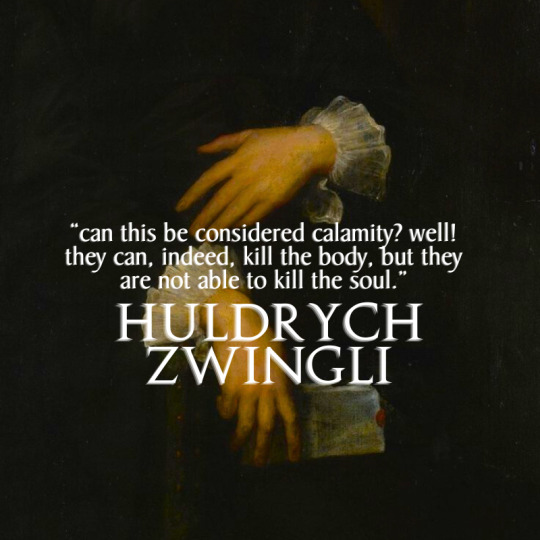

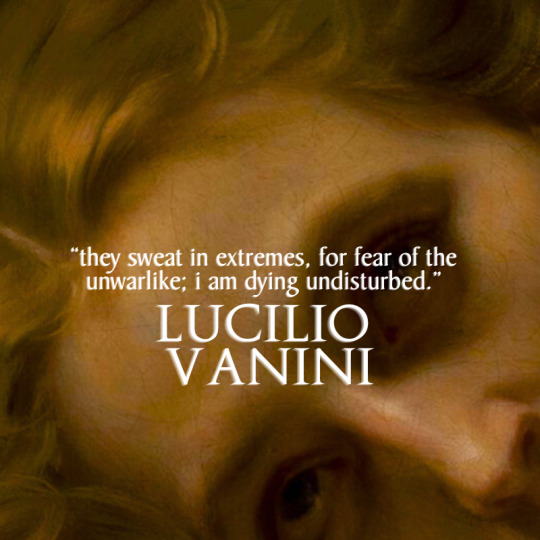

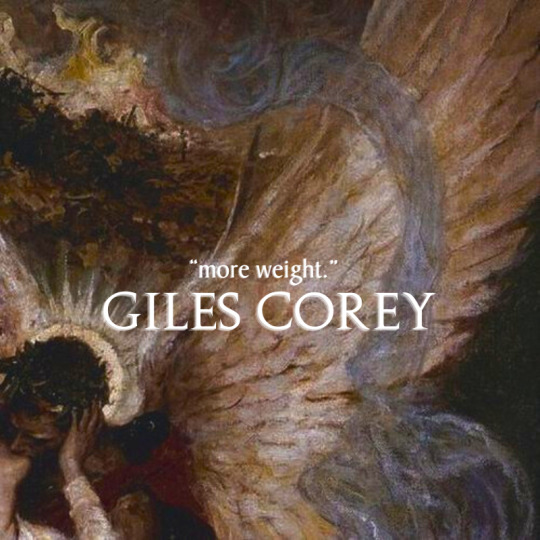



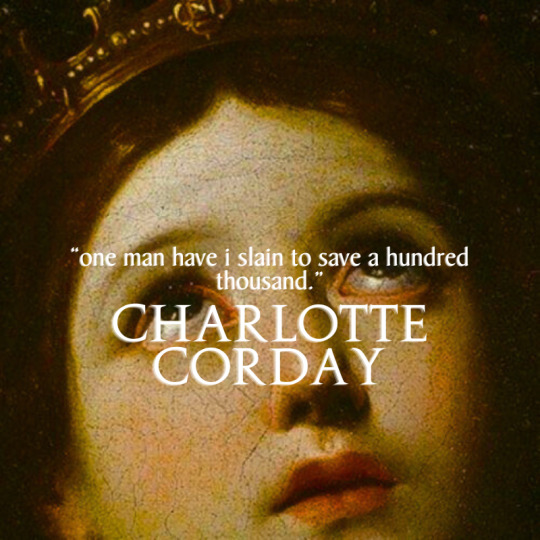






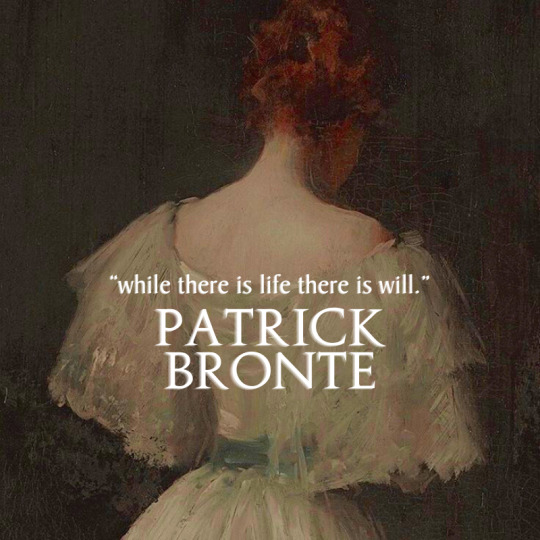



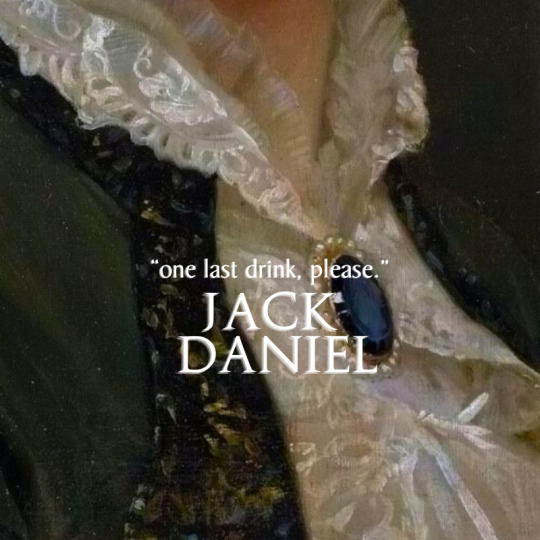




history + last words
#history#mary wollstonecraft#oscar wilde#giles corey#agrippina the younger#pliny the elder#matoaka#pocahontas in other names but i just went with her actual name#jack daniel#historyedit#words#art
777 notes
·
View notes
Text
Another photoshop of Uttamatomakkin I did after seeing many people enjoyed the first one I did! Thank you everyone for sharing such kind words!

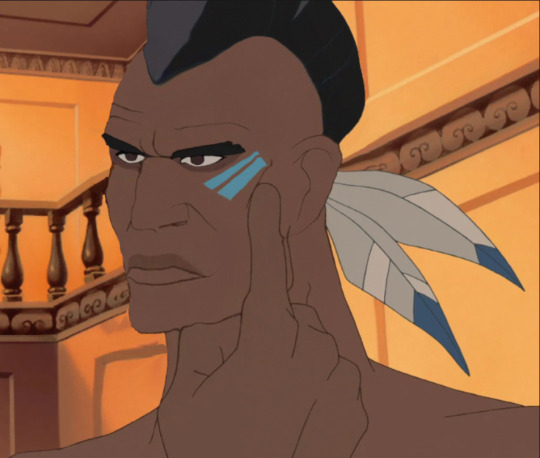

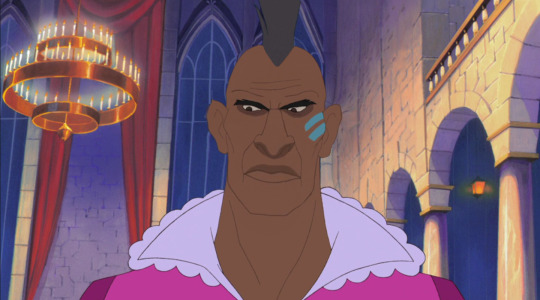
Again, I started doing these to give Uttamatomakkin some dignity back. I am tired of native american men being designed/drawed purposely ugly and insulting. Uttamatomakkin was a real man and he shouldn’t have been made into a joke just because of his appearance/race. So anyways here are my edits.
I hope everyone likes it!
#Was he Mattaponi or Pamunkey?#I believe the Pamunkey claim him?#Uttamatomakkin#Tomocomo#Pocahontas#Matoaka#Photoshop#Edit#pocahontas fix it#Character redesign#racist tw#historical post??#tidewater region virginia#native virginia native#Powhatan confederacy#Powhatan#Pamunkey tribe#Mattaponi#disney pocahontas#amonute
113 notes
·
View notes
Text
A typology of indigenous character stereotypical roles
This may not always be the case for every fictional indigenous character in North American stories, not even consistently so, but it's kind of evident in the way they're portrayed. It's kind of evident in the way they're written in comparison to the white characters and non-indigenous characters in general, while it's getting better these days, it's still far from perfect.
Stuck in the past: While this is changing for the better, some North Americans (irrespective of ethnicity, unless if they're indigenous themselves) think that indigenous people only exist in the past. To the point where they kind of appropriate indigenous cultures, yet show no real interest in indigenous cultures and peoples themselves, due to this mentality that comes off as performative.
This is evident whenever there's a cowboy or colonialism themed story, oftentimes perpetuated by stories like almost any fictionalised take on Matoaka's story, The Road To El Dorado and possibly a few more. Like I said before, this is changing for the better. We're starting to have more stories featuring indigenous characters living in the present and even in the future like everybody else. These include Marvel's Dani Moonstar and DC's Dawnstar.
This is also evident in some romance novels featuring indigenous heroes at all, where it's almost always set in the past. They are unfortunately also sexualised and fetishised but that's for another topic.
The Sidekick: It seems until now, indigenous characters are only good if they are sidekicks to their white counterparts. I guess this is because if they ever show a backbone and stand up to white colonialism, they'll be immediately villainised if they do. This is the case with the earlier cowboy stories, most notably the Lone Ranger and its character Tonto. His real life female counterpart would be Sacagawea, especially in relation to Lewis and Clark.
This is unmistakably not a very threatening role, given the nature of settler colonialism where it seems indigenous people are only good if they kowtow to the settlers. This is beginning to decline in some later stories, though I'm afraid others still default to this portrayal. Like I said before that if Tonto's the preeminent fictional example of an indigenous sidekick to white people, Sacagawea could be seen as the real world indigenous sidekick to Lewis and Clark.
Even fictionalised portrayals of Matoaka fall into this in a way, where she's portrayed as being not too confrontational towards white settler colonialism. No wonder why she persists in the popular imagination and not Weetamoo.
The Enemy: The exact opposite of the sidekick where indigenous people are demonised if they don't kowtow to settler colonialism, it's also kind of demeaning because indigenous people are tired of racist mistreatment. It's kind of like this in some cowboy stories where if indigenous people do stand up to settler colonialism, they'll be maligned right away if they do. Not a good look when it comes to how Black Bison's portrayed in the Flash.
But this is not an isolated incident, since it kind of reflects white unease with indigenous people standing up to settler colonialism. It's not surprising how and why white cowboys are portrayed as getting rid of indigenous people, as if they don't deserve to live here even if they got there first. L Frank Baum, the creator of the Oz stories, has this mindset especially in nonfiction, where he demanded that Lakota people be killed. Terrible isn't it?
The Sex Object: One early encounter with this was in a short story anthology where this white female character makes out with an indigenous man, but this isn't an isolated case. It's like that with a number of romance novels featuring indigenous men at all, or more infamously their female counterparts in other stories. I remember somebody saying that white women fetishise indigenous men in a braves story of way.
Or for another another matter, Bernardo Spotted-Horse in the Anita Blake stories as pointed out by somebody else. It isn't just that they're scantily clad or whatever, but how they're fetishised for looking indigenous. This is the case in that story I mentioned, where the indigenous man is hot with his long hair down. This has unfortunately led to a lot of rape for many indigenous women and girls, including two that I know of online, which means this isn't good at all.
The way indigenous characters are fetishised for being indigenous is kind of disgusting, since this is one of the leading causes of MMIW. Another, better known, example is how Chel is portrayed in The Road To El Dorado where she's something of a sexualised accomplice to white colonisers. But you could also find this in romance novels featuring indigenous men at all.
The Plot Device: Cultural appropriation in action whenever somebody wants to either do pilgrims, cowboys or in the case with The Sentinel, get their powers from. It's a persistent problem that carries out in the real world where non-indigenous people appropriate bits and pieces of indigenous cultures and peoples, yet show no real interest in them themselves. Kind of performative, considering how indigenous people feel about this.
The Sentinel is one such example of this in speculative fiction, though one that also went largely unnoticed. The story involves some police officer who gains enhanced senses from an undisclosed indigenous community in South America, along with totem animals or something, but it's shocking how and why so little people talk about this. One would only wonder if this furthers the dehumanisation of indigenous cultures.
In the sense of their cultures being reduced to props for non-indigenous people to use, instead of something belonging to a living and breathing culture. This ties up with the stuck in the past meme, in the sense of treating indigenous people as artefacts. Rather than those who persist to the present day.
#mmiw#racism#anti indigenous violence#indigenous#ndn#native america#dc comics#marvel#marvel comics#dani moonstar#danielle moonstar#dawnstar#legion of super-heroes#the flash#black bison#anita blake#pocahontas#matoaka#the road to el dorado
7 notes
·
View notes
Text
Matoaka
Matoaka, known more widely as Pocahontas, was born into the Powhatan people around 1596. Her early years were spent in the midst of a bustling household led by her father, Chief Powhatan, in the Tsenacommacah region of Virginia. Though her given name was Amonute, she was affectionately known as Matoaka within her community. As a child, she likely engaged in the daily tasks typical of her culture, contributing to farming, gathering, and other domestic chores alongside her kin.
Her encounter with the English came in 1607 when Captain John Smith arrived at her father's capital. Despite legends suggesting her role in Smith's rescue, her involvement in saving him is debated among historians.
As tensions between the English settlers and the Powhatan people escalated, Matoaka's life took a tumultuous turn. She married a man named Kocoum, likely as a strategic move by her father to ensure her safety. However, her capture by English colonists in 1613 disrupted these plans, leading to her baptism, marriage to John Rolfe, and eventual journey to England.
In England, Matoaka was thrust into the spotlight, presented as a symbol of the "civilised savage" to garner support for the struggling Jamestown colony. Despite the attention, her time in England was marked by challenges, including strained relationships and deteriorating health.
Tragically, Matoaka's life was cut short at the age of around twenty-one, just as she prepared to return to Virginia. Her legacy, overshadowed by romanticised narratives, reveals a complex intersection of cultures and the harsh realities of early colonial America. She was not merely a figure of romance, but a young woman who suffered due to a rapidly changing world.
16 notes
·
View notes
Text
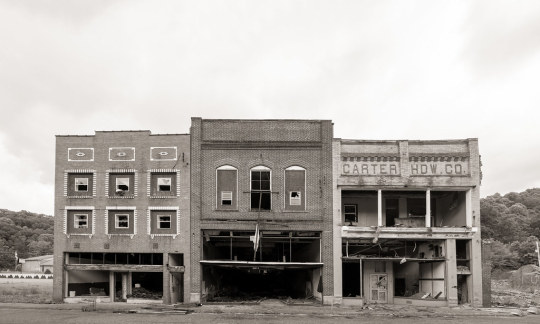
14 notes
·
View notes
Text
My stance on non-Natives criticizing Avatar is the same stance I have when non-Natives criticize Elizabeth Warren: You can (and should!) criticize them because there are a million valid reasons to do so, but you can do it without being racist.
#avatar#james cameron's avatar#avatar: the way of water#elizabeth warren#anti-native racism#anti native racism#pocahontas#leave matoaka alone
114 notes
·
View notes
Text
yet another reminder that the movie Pocahontas would have been an Actually Acceptable Movie if the writer had just not pretended to be a budding historian and had used fake names for his obviously fake characters instead of pretending he was making a 'historical documentary with some creative liberties' because he preferred the white man's version of events
and maybe if he had we could all talk about how wonderfully a native woman and her father and culture were portrayed for once without having a bunch of teenagers start screaming about the history we are all already fully fucking aware of and we could focus on the actual racist problems with the film like the slurs and the 'Great Spirit' references which are in fact incorrect to original native beliefs before white people came and ruined them and how 'both sides were equally wrong' (I get what they were trying to teach children but no, fam) and the fact that the natives resorted to violence and war first instead of the white people which are the actual things I would like to talk about if these teenage animals would stop barking for ten minutes
#'Matoaka is a real person tho!' well fuck me up I never knew thanks for the brilliant feedback#may we talk about the actual misrepresentations and how they could be improved? no? cool#I guess we'll ignore how Pocahontas and Powhatan AS CHARACTERS broke some serious new ground in how natives were portrayed in media#and keep yapping and yapping and never making actual headway thank you#anti fandom#anti humanity#anti disney
15 notes
·
View notes
Text










ndn introjects + me& w/ native beaded earrings part 1 / ?
#arcana.uploads#LOOK HOW FUCKING CUTE#arcanacore.#fictives.#svetlana morozova nikolaeva.#marie estelle claire / maverick.#factives.#matoaka.#loretta christiano amodio.#katniss everdeen.#michiko malandro.#senju toka.#bellatrix belladonna / beretta.#clementine maria jasmine cree.#do not reblog unless you're a member of our system.
2 notes
·
View notes
Text
one of the tragedies of Jamestown as a show being cancelled is that it had already shown Mattachanna (Matoaka's sister who raised her) but we didn't really get to see her, and then they had actually casted an actress to play Matoaka, but they never finished to release those scenes, and it would've been one of the first times we actually saw Matoaka as a child in tv/film and the actual age she was when the English arrived
21 notes
·
View notes
Photo





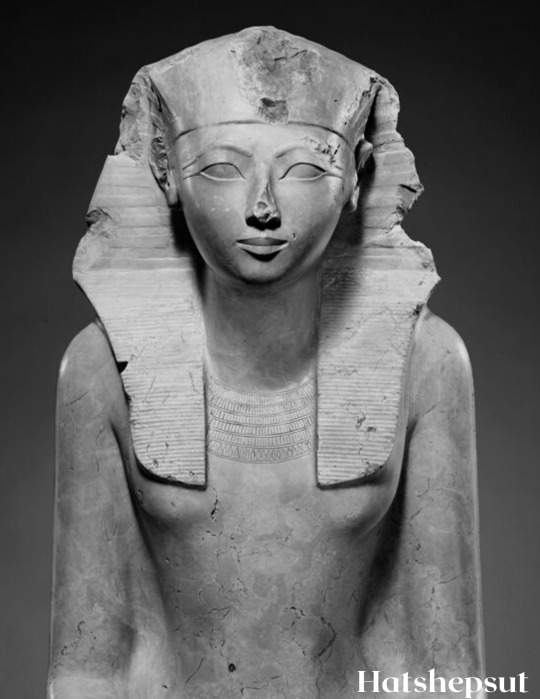

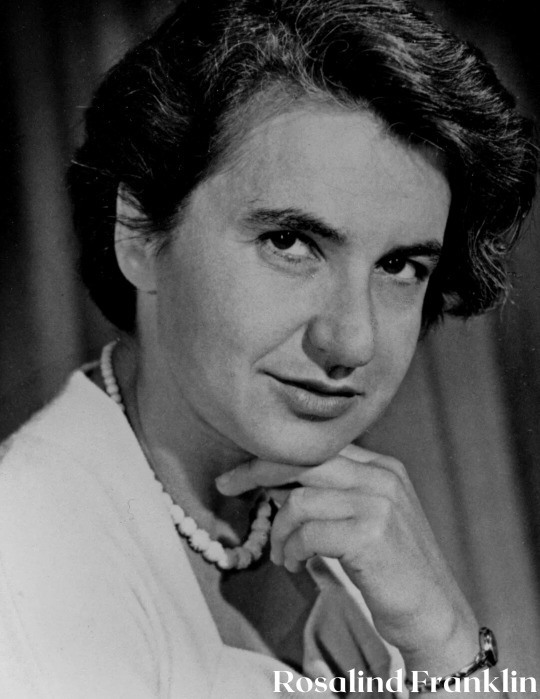
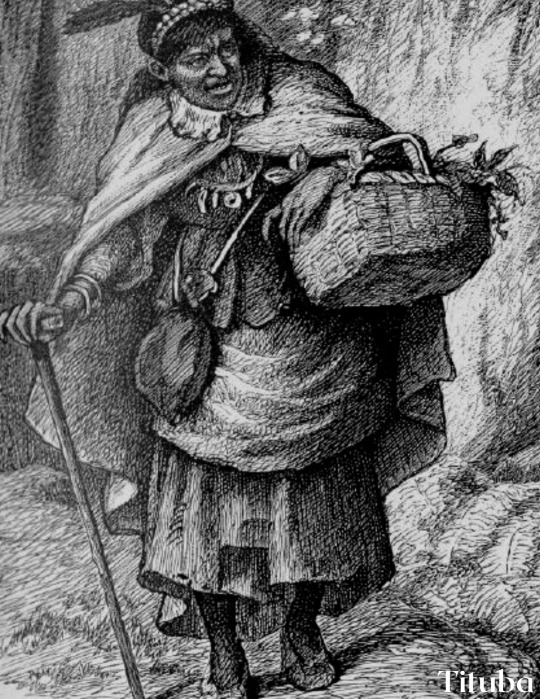

happy women’s history month but also to the women who deserved better (to name a few)
#women's history month#obviously couldn't include everyone but there's so many women that deserved better#every native women mistreated#every black women or asian women mistreated#and etc#henrietta lacks#sacajawea#matoaka#lilioukalani#joan of arc#hatshepsut#marsha p johnson#rosalind franklin#tituba#boudica#history#women in history
1K notes
·
View notes
Text

I hope to one day come back to this idea, but I’d love to illustrate the disney princesses in my own style, with some redesigns to some of them, or just adding neat details I think are cool, like elvish attributes. For now, sketches!
#disney#disney princess#disney prinesses#do you think I should use the original names for some of them?#another consideration…#I ended up coming up with hcs for a lot of them while considering how to design them because I think it’d help with the process#like cinderella having very little sleep in her life#some princesses like Rapunzel and Briar Rose developing elfish characteristics#aurora in particular being very fae like#pocahontas being very self aware that she’s a story rather than the true Matoaka#jasmine’s personality being the epitome of dreamworks face#etc etc#Im not rewatching the movies because#A) most of them are singed into my head from watching them over and over#and B) disney the company sucks lmao#the creatives working for them are so fucked dude who gave the rat so much political and economic power#unrelated Aurora gave me fat Welcome Home vibes with the creepy sleepy eyes and swirls in her hair#good
11 notes
·
View notes
Text
I always thought that it was odd how disney still promotes pocahontas
Disney has a history of censoring or straight up ignoring their old problematic media but pocahontas? A true story about a girl who went through horrifying events that they romanticised and profit of it is still considered one of their memorable movies, she's still one of the official disney princesses despite the fact that how disrespectful the movie was towards matoaka
#ik that the whole john smith thing is not from disney but yeah#people often want to separate history and fiction but that movie was still based of real life#and it was all wrong#disney critical#disney racism#disney criticism#disney salt#anti disney#matoaka#pocahontas#disney#disney movies#native american#native american women#powhatan
126 notes
·
View notes
Text
Why not Weetamoo?
If there’s something about North American media’s relationship with indigenous women, it’s that they have a habit of telling fictionalised stories involving them kowtowing to white settlers. Not so much actually fighting back as what Weetamoo did, which is why she’s not as commonly fictionalised and romanticised as Sacagawea and Matoaka/Pocahontas were. I feel even if Americans and the like want to distance themselves from their European forebears, they still owe a lot to them that their Native American pretensions are going to be performative anyways. They want to claim indigenous land as their own, even if they’re not the first ones to get there.
It’s kind of unfortunate that perhaps until now with some productions like the one Loud House spinoff, there’s a tendency to treat indigenous North Americans as if they live in the past. Or exist only in relation to white people as sex objects (this goes for the way Native American men are portrayed in romance books), sidekicks (Tonto, even Sacagawea and Matoaka in a way) or enemies, even if it’s not always the case for other fictional characters and stories. But it’s telling how there’s a tendency to kind of appropriate indigenous cultures, yet show no real love for or interest in indigenous peoples and cultures themselves.
This is likely why Matoaka persists in the public imagination and not Weetamoo. She fulfils the former two very well, albeit it’s something she didn’t like doing in life. Weetamoo’s more of the latter but because she’s defending her territory against European colonisers that she’s never going to be a Disney princess the way Matoaka got.
3 notes
·
View notes